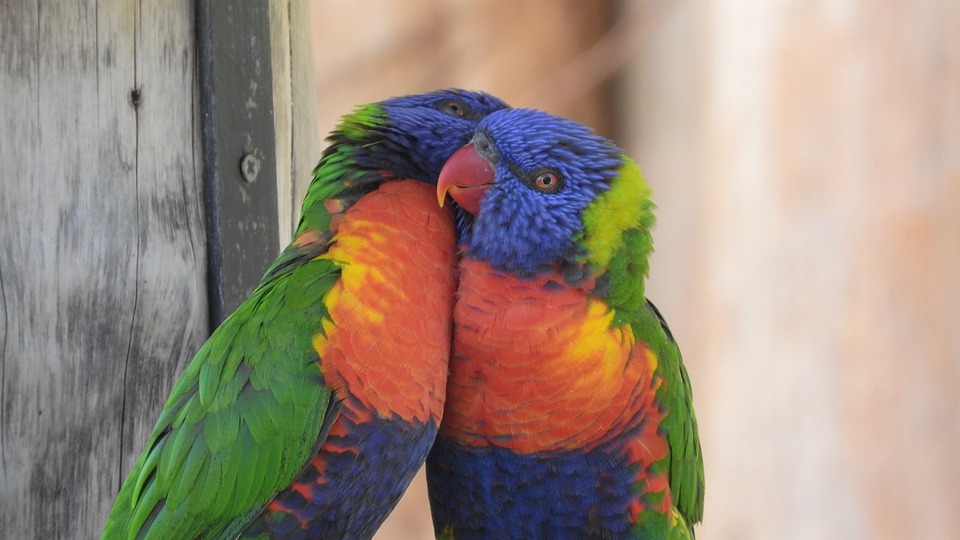Parrot training is a rewarding and engaging experience, allowing you to build a strong bond with your feathered friend while enhancing their mental and physical well-being. Recognizing signs of accomplishment and satisfaction in your parrot is crucial to ensure their training progress and overall happiness. In this article, we will explore the key indicators of success and contentment in parrots, empowering you to understand and interpret their behavior more effectively.
Establishing a strong bond with your parrot is essential for successful training. By recognizing signs of accomplishment and satisfaction, you can strengthen this bond and create a positive training experience. Monitoring your parrot’s training progress is another important reason to recognize these signs. It allows you to assess their understanding of commands and adjust your training techniques accordingly. Additionally, recognizing signs of accomplishment and satisfaction enhances your parrot’s overall well-being, as they feel a sense of achievement and fulfillment.
There are various signs that indicate accomplishment in parrots. Vocal cues are one such indicator. Parrots may mimic desired sounds or words, vocalize excitement or satisfaction, and increase their repertoire of vocalizations when they feel accomplished. Pay attention to these vocal cues as they can provide valuable insights into your parrot’s progress and level of satisfaction.
Body language also plays a significant role in recognizing signs of accomplishment in parrots. An upright posture with relaxed feathers indicates confidence and contentment. Engaged and attentive behavior, such as focusing on you during training sessions, is another positive sign. Displaying trust through preening or allopreening shows that your parrot feels comfortable and secure in your presence.
Physical actions are tangible signs of accomplishment in parrots. Successfully completing trained behaviors or tricks demonstrates their understanding and progress. Willingness to participate in training sessions and displaying eagerness and enthusiasm are also indicators of accomplishment. These physical actions showcase your parrot’s motivation and enjoyment of the training process.
Recognizing signs of satisfaction in parrots is equally important. Appetite and eating patterns can reveal your parrot’s contentment. Healthy and consistent eating habits, showing interest in food rewards during training, and displaying contentment while eating are positive signs.
Playful behavior is another indicator of satisfaction in parrots. Engaging in interactive play with toys or objects, actively participating in enrichment activities, and demonstrating curiosity and exploration all reflect a happy and satisfied parrot.
Social interactions are crucial for a parrot’s well-being. Signs of satisfaction include seeking out human companionship, initiating interactions or seeking attention, and displaying comfort and relaxation in the company of humans or other birds. These interactions indicate that your parrot feels secure and content in their social environment.
In conclusion, recognizing signs of accomplishment and satisfaction in parrots is essential for maintaining their well-being and fostering a positive training experience. By understanding their vocal cues, body language, physical actions, as well as observing their appetite, playful behavior, and social interactions, you can ensure a fulfilling and successful training journey with your beloved parrot.









